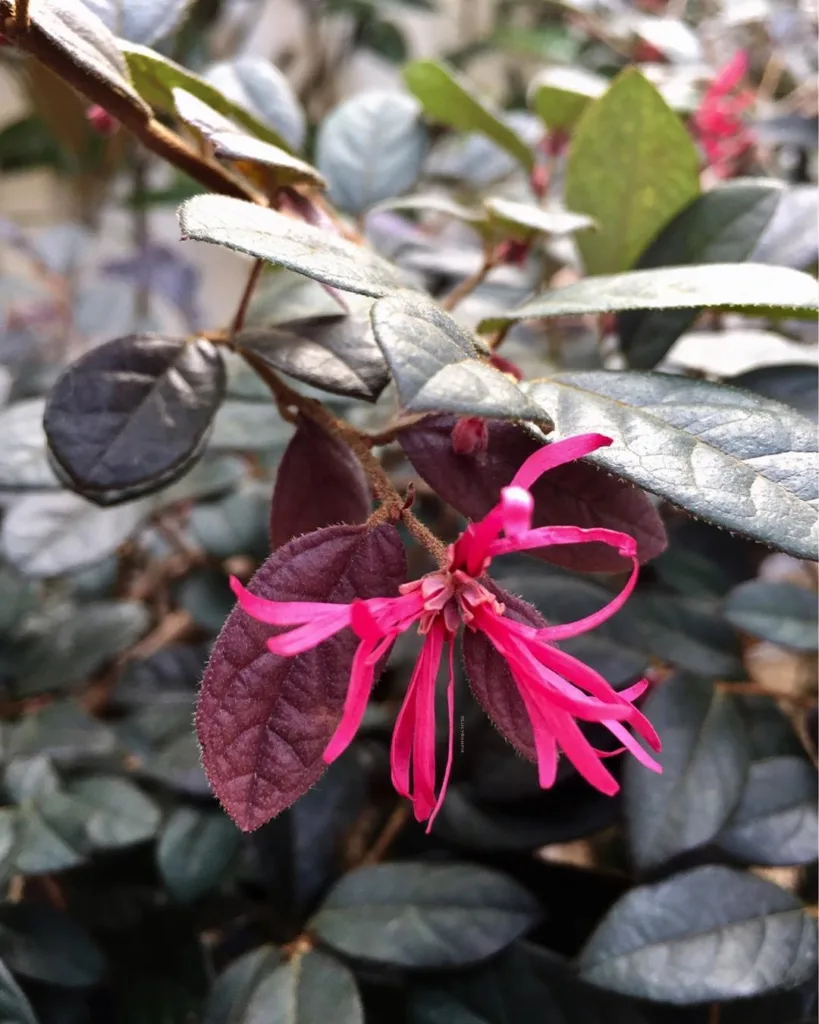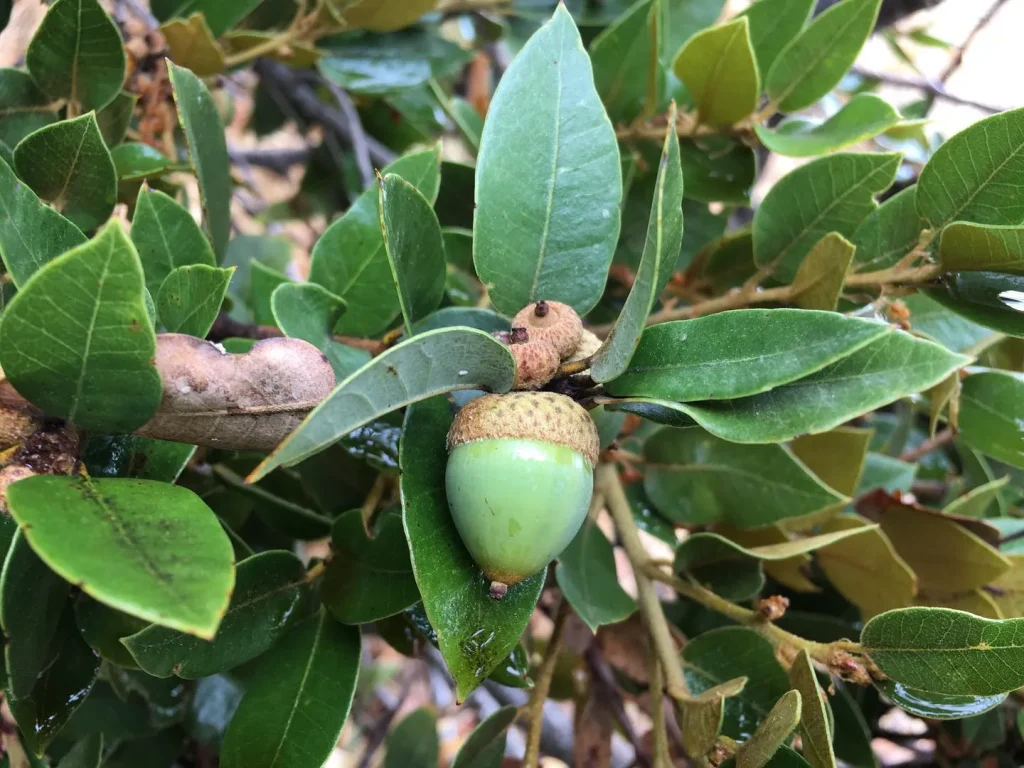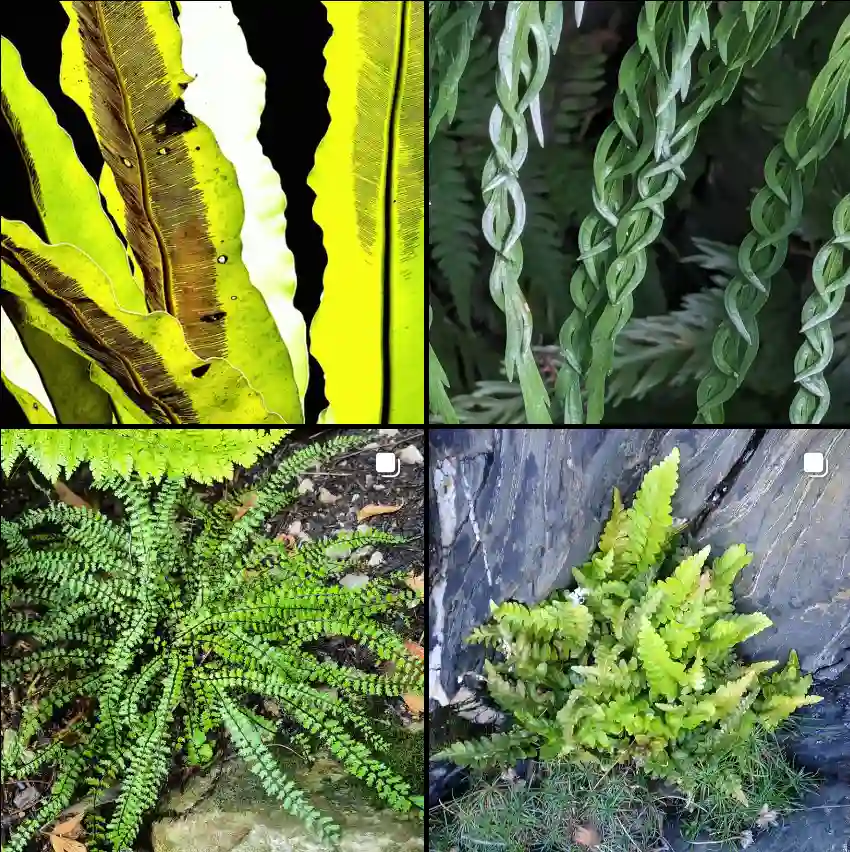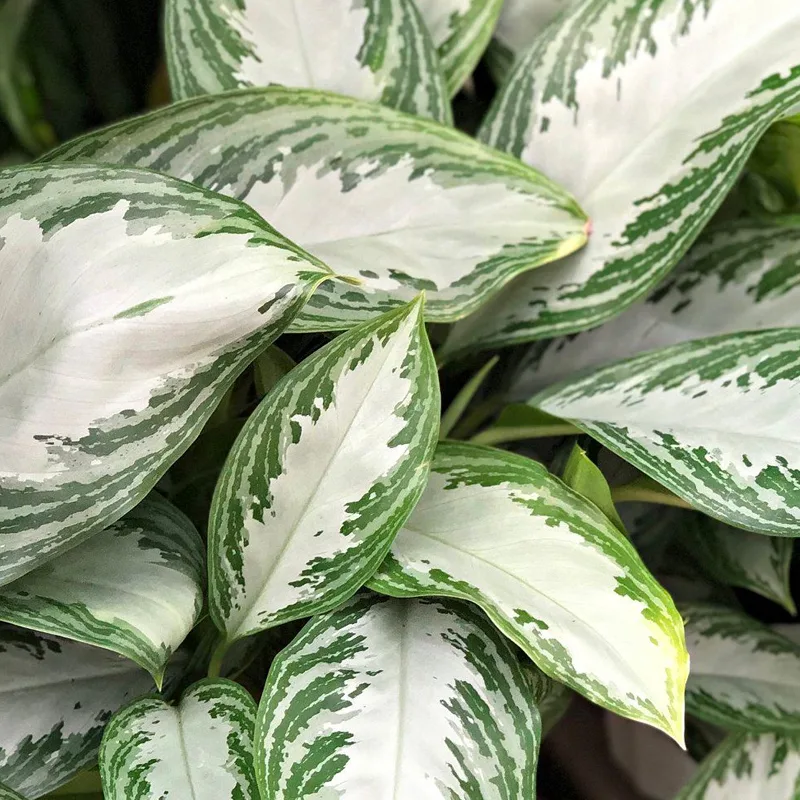Exploring the Ctenolophonaceae Family: A Deep Dive into Ctenolophon
As an avid plant enthusiast, my journey into the world of botany has introduced me to various fascinating plant families. One such family that has piqued my interest is Ctenolophonaceae, particularly the genus Ctenolophon. This family is relatively obscure in the plant kingdom, but its unique characteristics and adaptations are worth exploring.
The Ctenolophonaceae Family: An Overview
The Ctenolophonaceae family consists primarily of trees and shrubs, mainly found in tropical regions. This family is a member of the order Malpighiales, which also includes many other diverse families. The plants in this family are known for their unique leaves, which exhibit distinct venation patterns. This characteristic is not just for aesthetic appeal; it plays a role in the plant’s adaptability to its environment.
Ctenolophon, the sole genus in this family, contains several species, primarily native to West Africa and parts of Southeast Asia. While not widely cultivated, these plants can be found in various habitats, from rainforests to drier regions. Their ability to thrive in diverse conditions demonstrates their resilience and adaptability.
Unique Features of Ctenolophon
One of the most striking features of Ctenolophon plants is their leaves. They have a glossy finish and are typically dark green, which helps in photosynthesis while minimizing water loss. The leaves’ unique venation is a signature of the family, allowing for efficient nutrient transport within the plant. This adaptation is crucial for survival in tropical climates where competition for resources is fierce.
In addition to their leaves, Ctenolophon species produce flowers that are often small and inconspicuous. However, these flowers play a vital role in the plant’s reproductive cycle. They attract specific pollinators, which are essential for fertilization. The fruits that develop are usually small and may not be visually appealing, but they contain seeds that ensure the continuation of the species.
Habitat and Distribution
Ctenolophon species are predominantly found in tropical regions, particularly in West Africa. Their habitats vary from dense rainforests to more open woodland areas. This adaptability is a significant factor in their survival. While many plant species are highly specialized to thrive in specific conditions, Ctenolophon demonstrates a remarkable ability to flourish in different environments.
The distribution of these plants is largely influenced by climatic conditions, soil types, and ecological interactions with other flora and fauna. Their presence in diverse habitats reflects their evolutionary success and resilience.
Ecological Importance
The ecological importance of the Ctenolophonaceae family cannot be overstated. As part of their ecosystems, these plants contribute to the overall biodiversity and stability of their habitats. They provide shelter and food for various animals, including insects, birds, and mammals. Additionally, their root systems help prevent soil erosion, maintaining the integrity of the soil structure.
Ctenolophon species also play a role in carbon sequestration, a crucial process for combating climate change. By absorbing carbon dioxide during photosynthesis, these plants contribute to reducing greenhouse gases in the atmosphere.
Cultivation and Uses
While Ctenolophon species are not commonly cultivated, there is potential for their use in landscaping and forestry. Their resilience and adaptability make them suitable candidates for reforestation projects, particularly in areas affected by deforestation. Moreover, their unique foliage can add an exotic touch to gardens, appealing to enthusiasts seeking something out of the ordinary.
However, it’s essential to approach the cultivation of these plants with caution. As with any non-native species, careful consideration should be given to their ecological impact in new environments. Responsible planting practices can ensure that the introduction of Ctenolophon species does not disrupt local ecosystems.
Conservation and Future Perspectives
The conservation of Ctenolophon species is vital for maintaining the biodiversity of their native habitats. As deforestation and habitat loss continue to threaten tropical ecosystems, preserving these unique plants becomes increasingly important. Conservation efforts should focus on protecting their natural habitats and promoting sustainable practices that allow these species to thrive.
In my journey of exploring the Ctenolophonaceae family, I’ve come to appreciate the intricacies of plant life. The resilience and adaptability of Ctenolophon remind me of nature’s incredible ability to survive and thrive in diverse environments. I hope that by sharing my passion for this fascinating plant family, I can inspire others to appreciate the wonders of botany and the importance of conservation.
Conclusion
The Ctenolophonaceae family, with its sole genus Ctenolophon, may not be as well-known as other plant families, but its significance in biodiversity and ecosystem health is undeniable. As I continue my exploration of the plant kingdom, I look forward to learning more about these remarkable plants and their role in our world. Whether through cultivation, conservation, or simply appreciating their beauty, Ctenolophon offers a glimpse into the complexity and wonder of nature.
If i die, water my plants!



